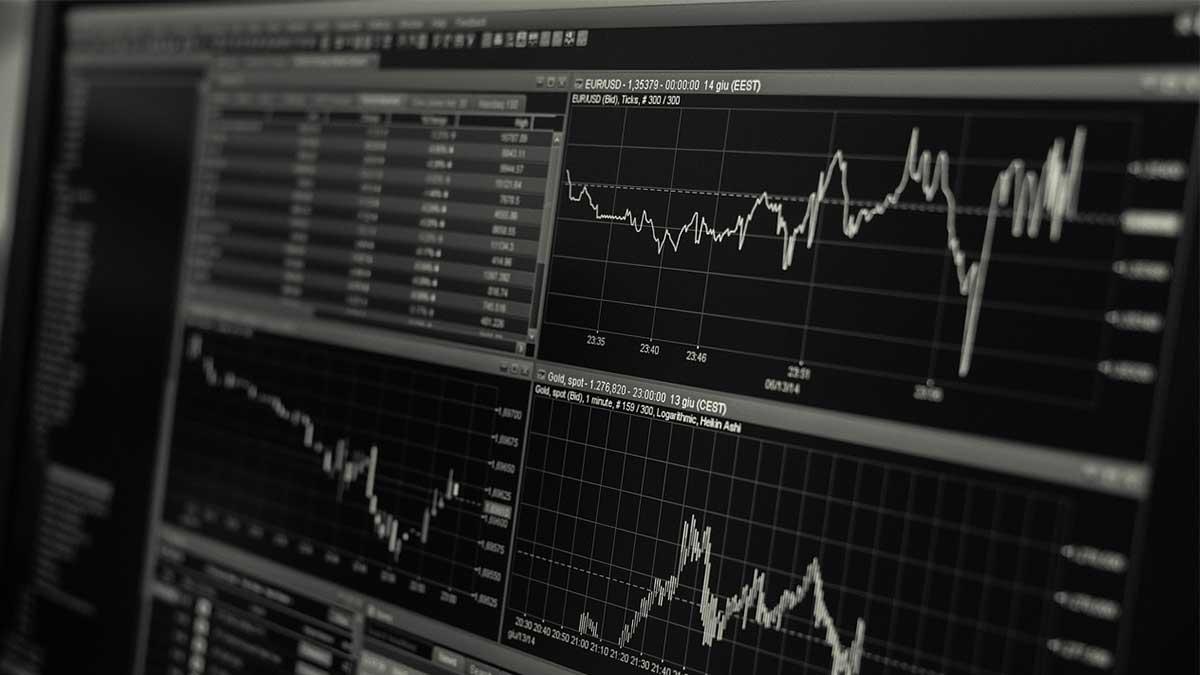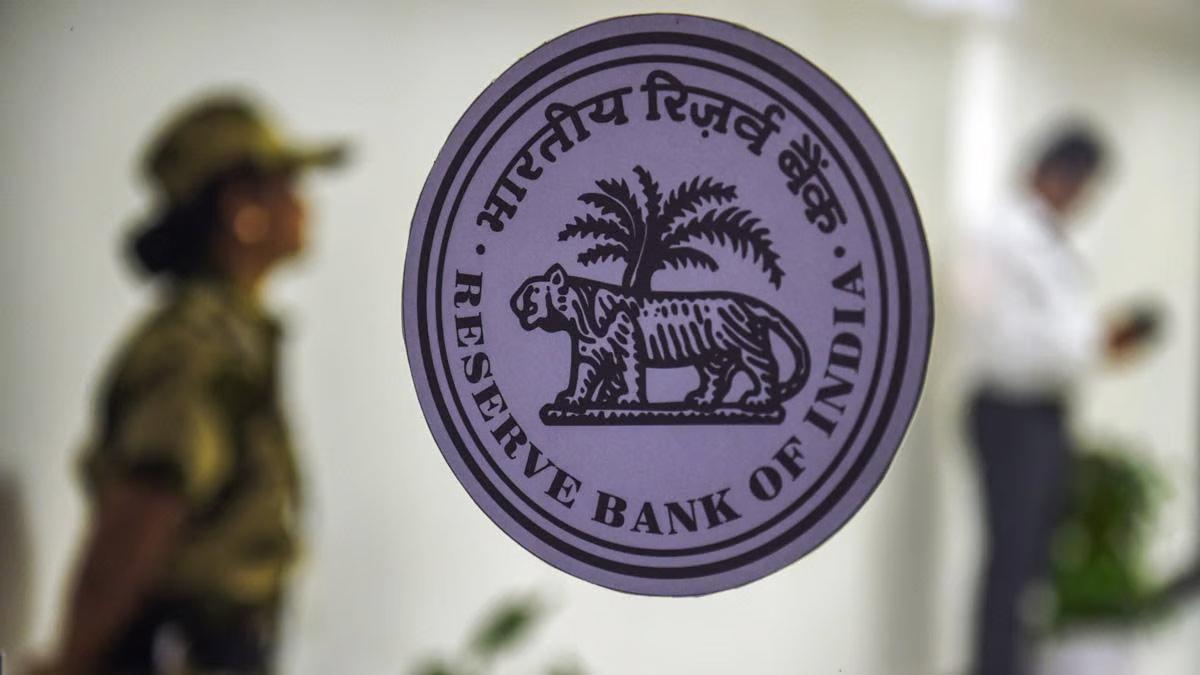The appeal of margin trading is growing as more investors seek the possibility to invest without substantial funds on hand. This entails seeking a loan from someone to further expand your investment in the stock market. However, there is a potential for loss and debt if you mismanage your account.
Explaining Margined Trading
Investors use leveraged trading to take out loans from brokers and invest in high-risk opportunities within the market. This is utilised by traders who have insufficient funds in their accounts but wish to capitalise on market opportunities.
For instance, a trader might predict an increase in Google stock price and want to buy 100 shares at $200 each. However, they only have $1,000 in their account, so they need to execute a market order of $20,000.
To start a margined trading account, you need to have a certain amount of money in it at all times to show you can pay what you owe. If the market remains unchanged, the trader has to retain the asset, while the broker has the option to close the account or sell off assets to prevent significant losses. If you engage in margined trading and incur losses, you may need to obtain funds from your broker.
Calculations
The variation margin level can be figured using the formula:
Variation Margin Level = (PA * AEP * VMR) + AACP.
The average position price can be computed using the formula:
Average Position Price = TCV / TTA.
A margin call happens when a trade made with borrowed money gets close to the minimum amount of money needed in the account. Before being mandated to vend their investments, investors must contribute extra funds. This type of trading and leverage involves unique elements, and individual brokers may enforce their own regulations.
Prior to initiating trades using loaned funds, it is recommended that the borrowing limits, calculation methods, sum involved, and collateral prerequisites be checked with a broker.
Final Thoughts
The practice of buying and selling on margin entails using funds on loan to execute larger trades in the expectation of greater returns. Nonetheless, if the market takes a downturn, traders may find themselves in significant debt. Traders need enough money to handle changes in margin when they are trading with borrowed money.


















